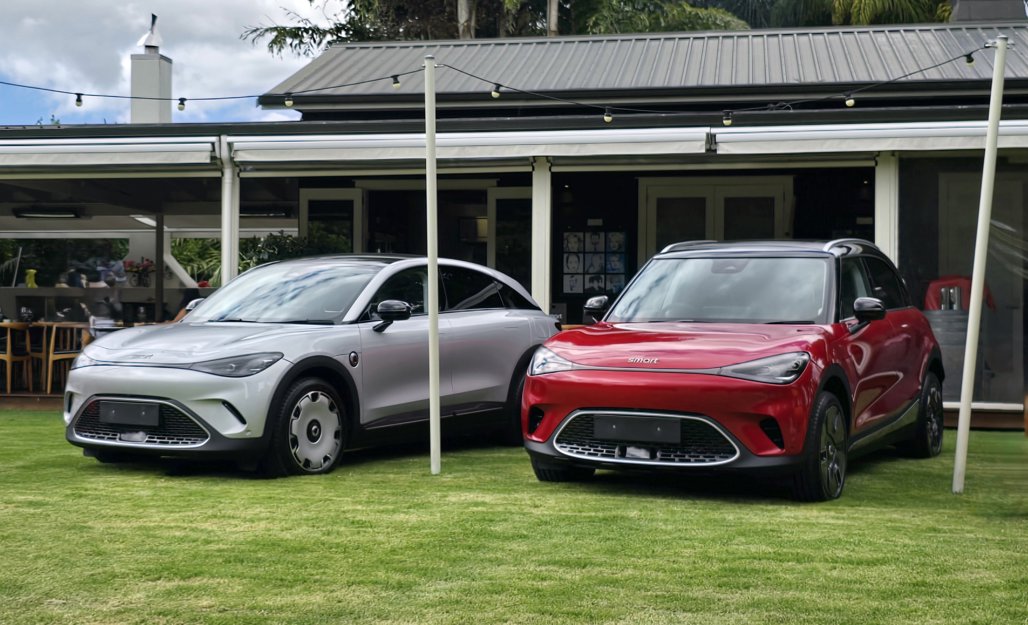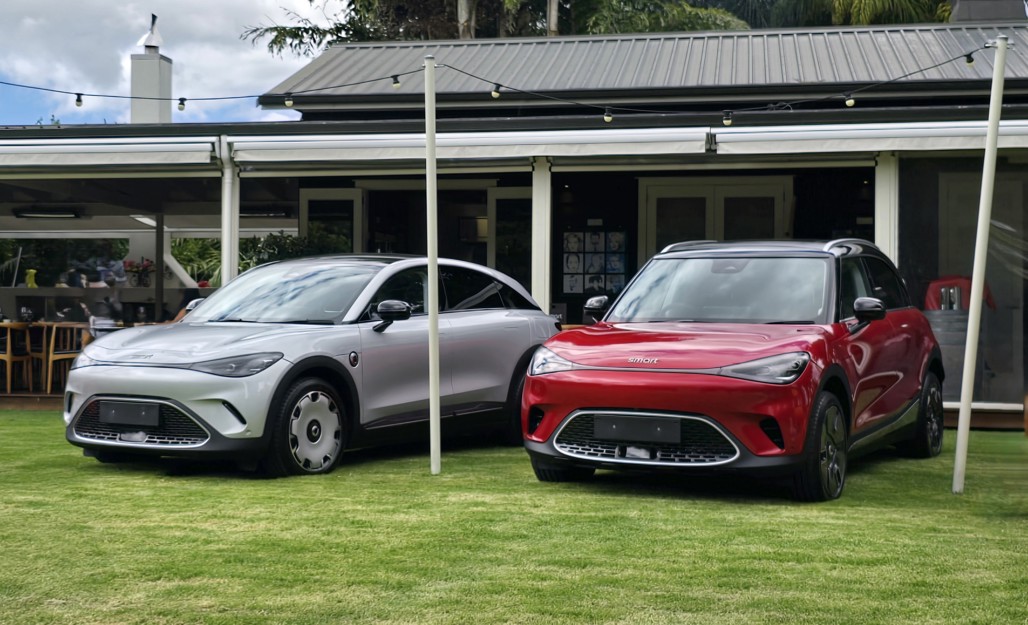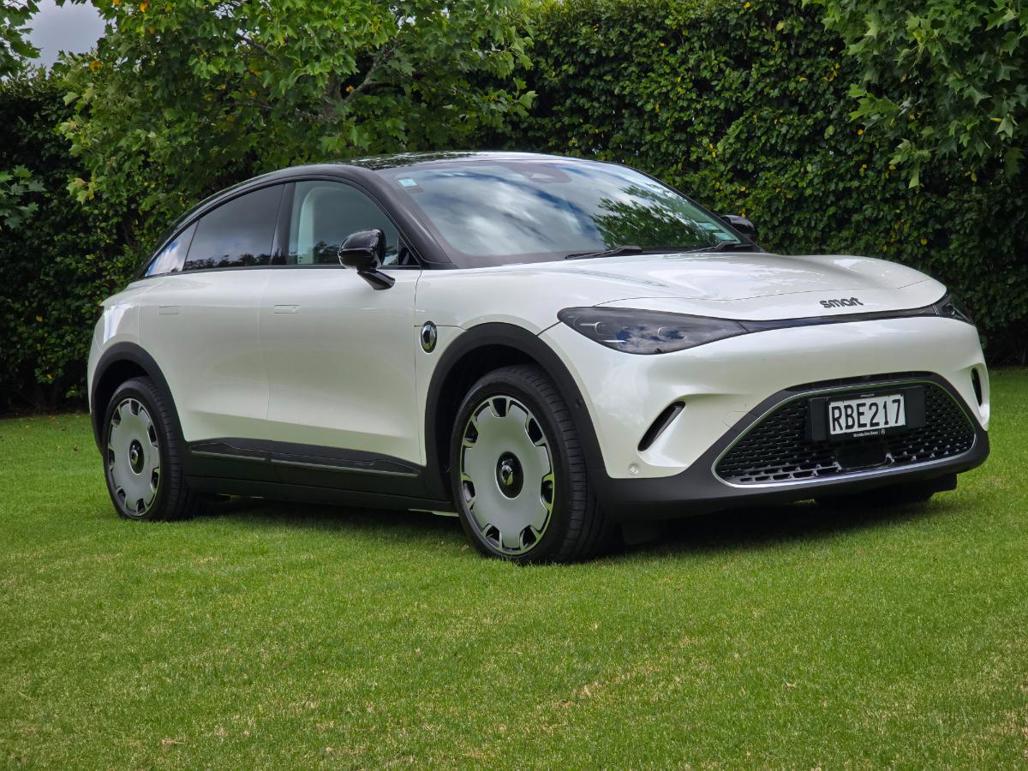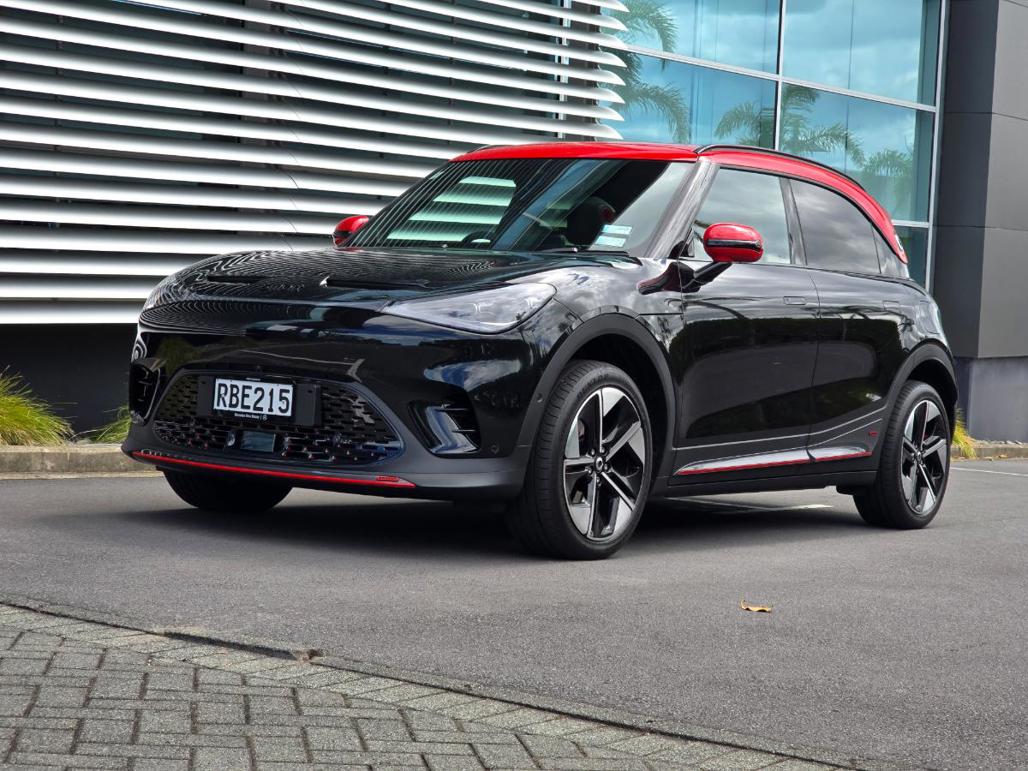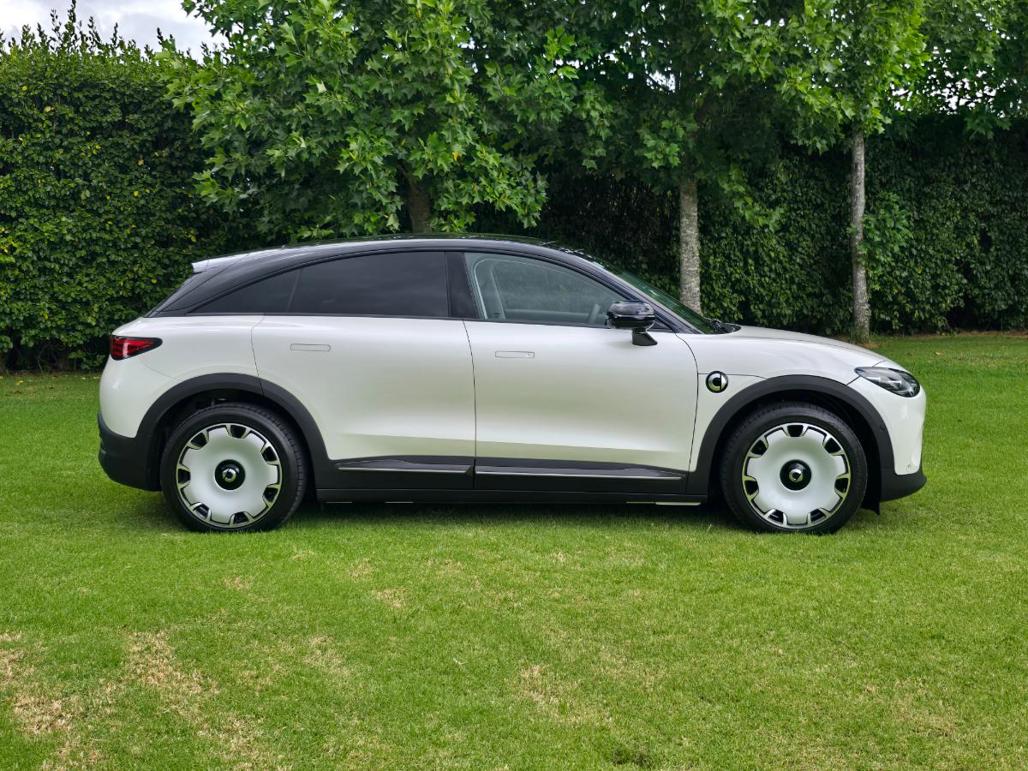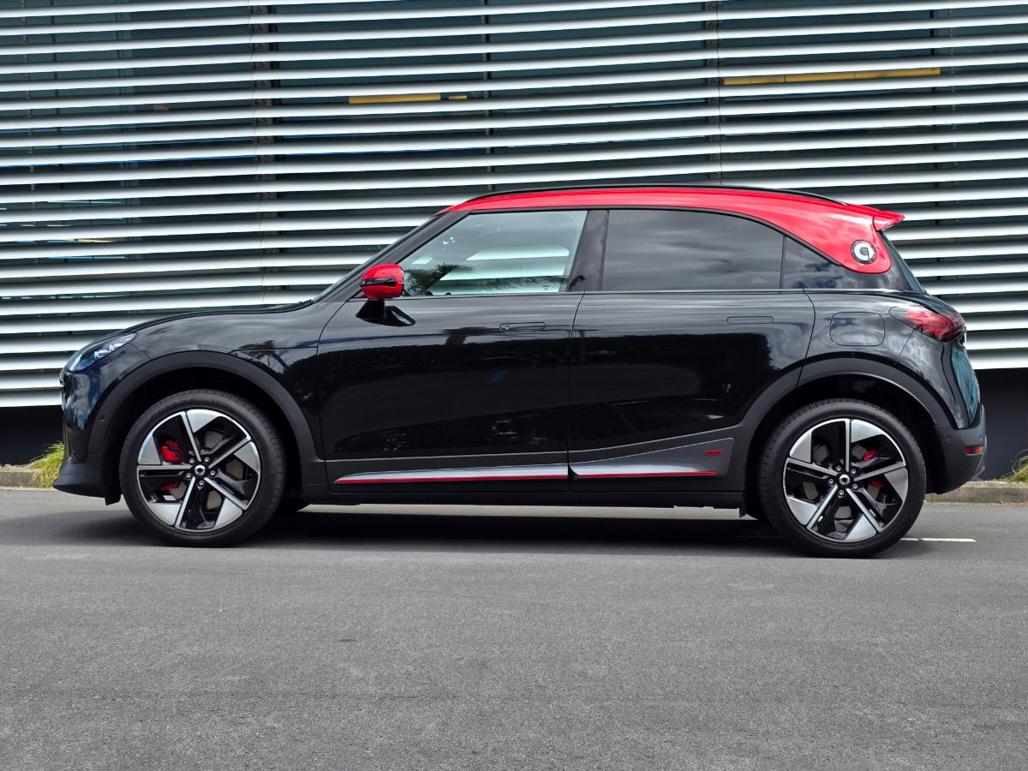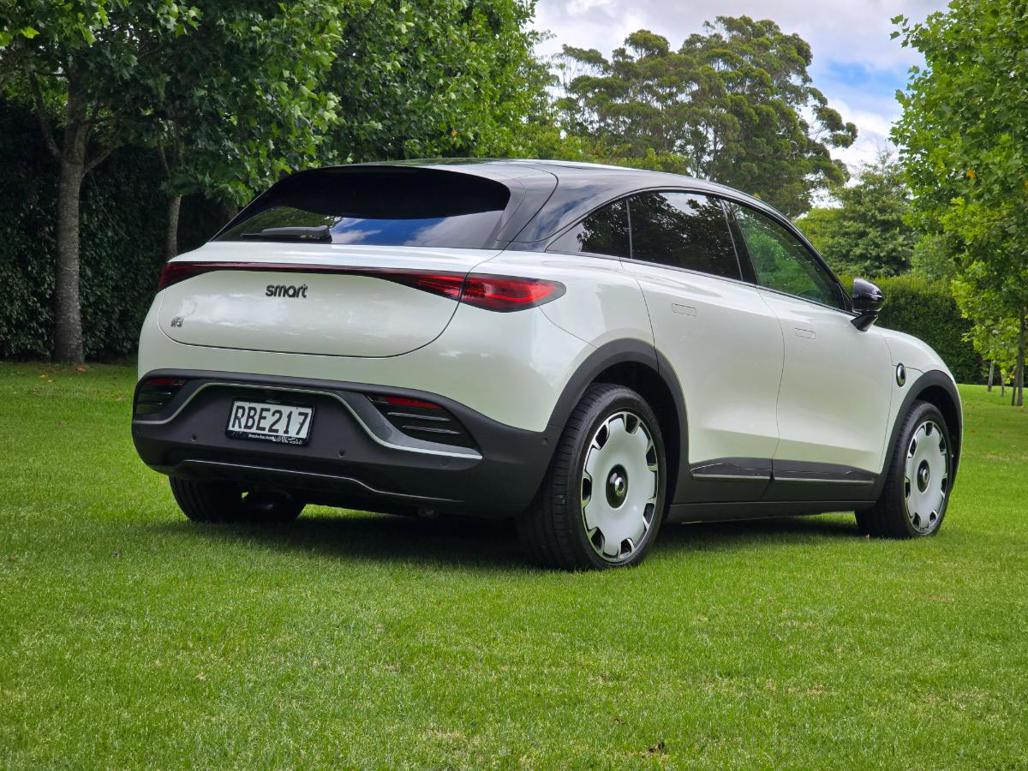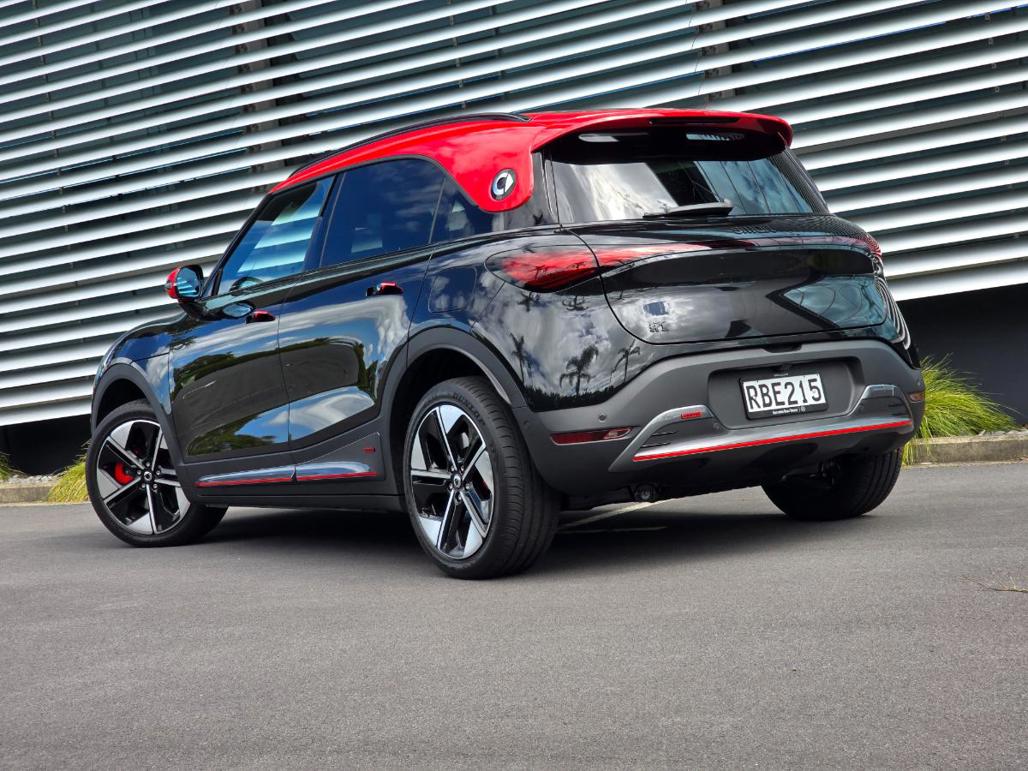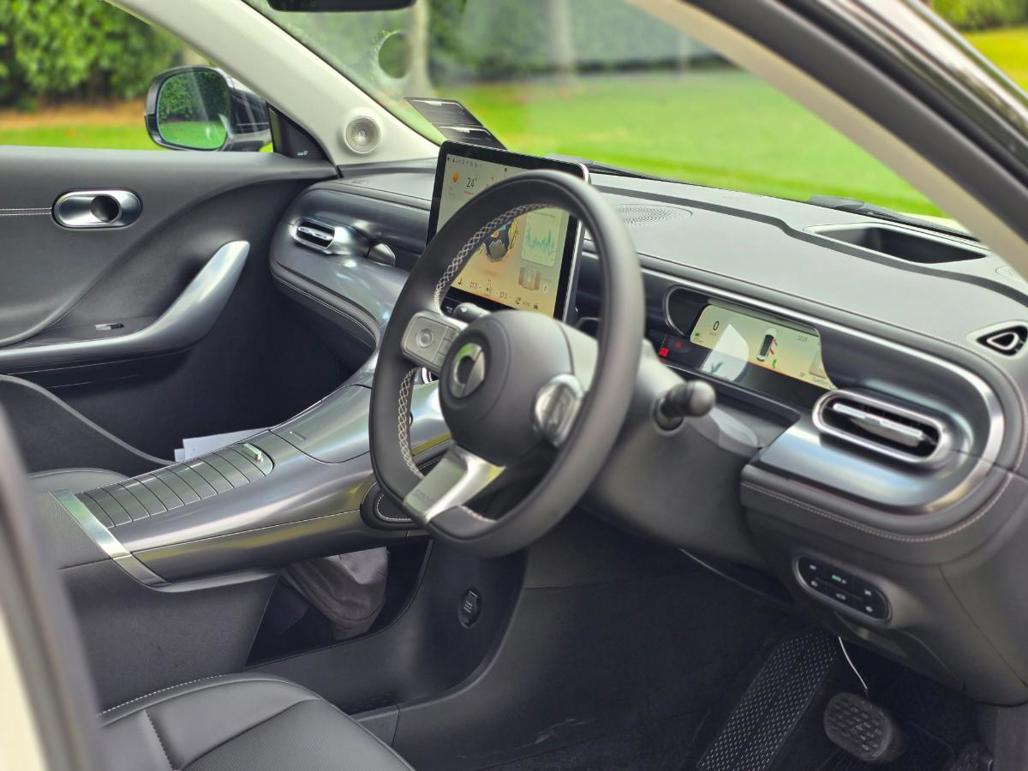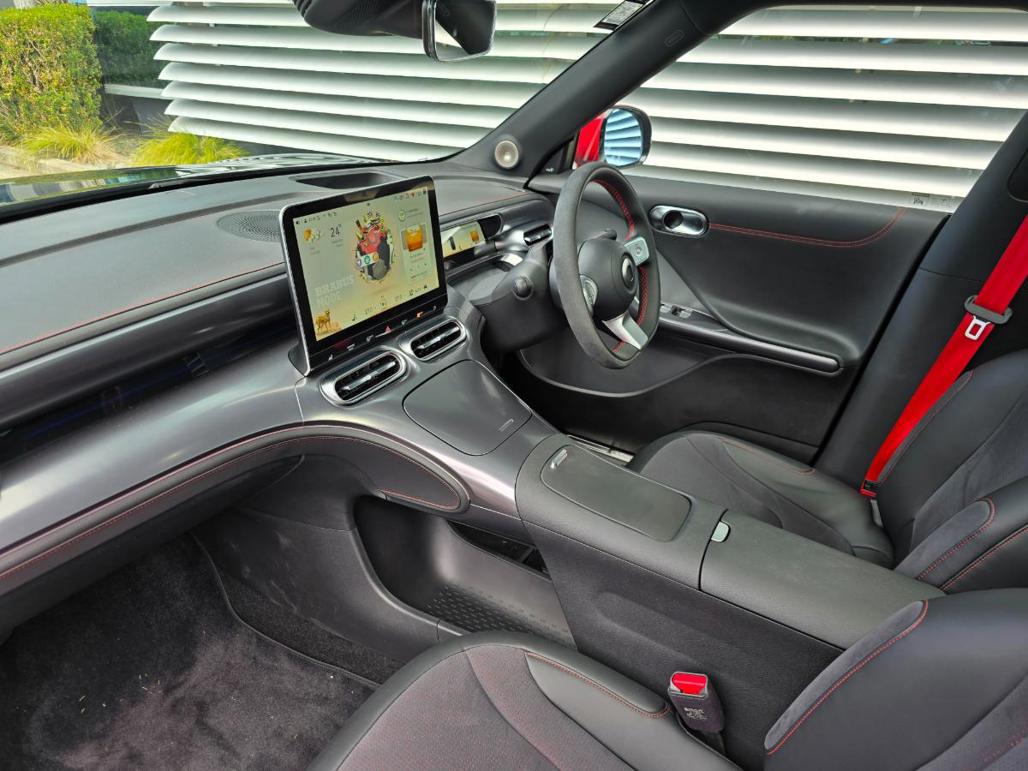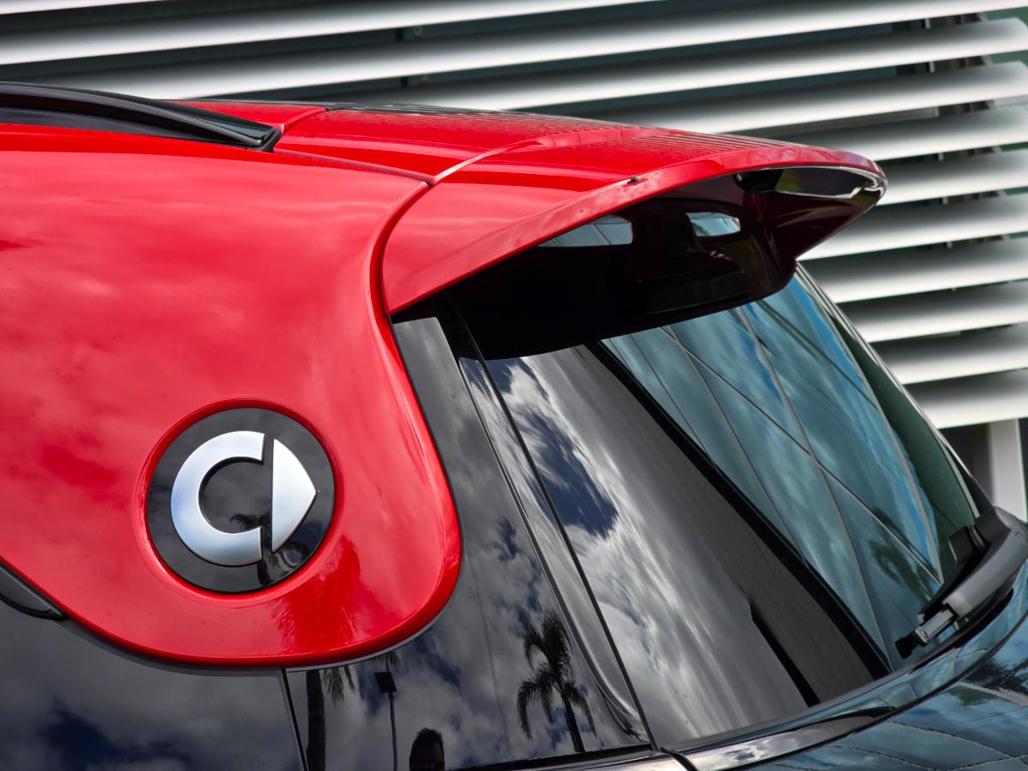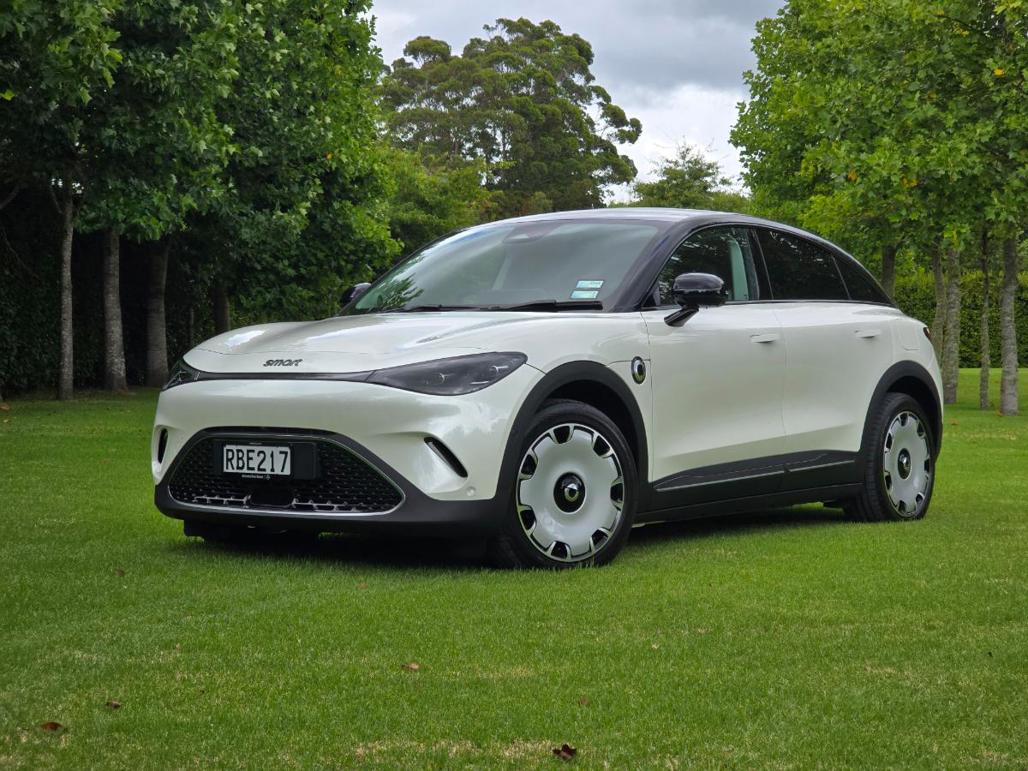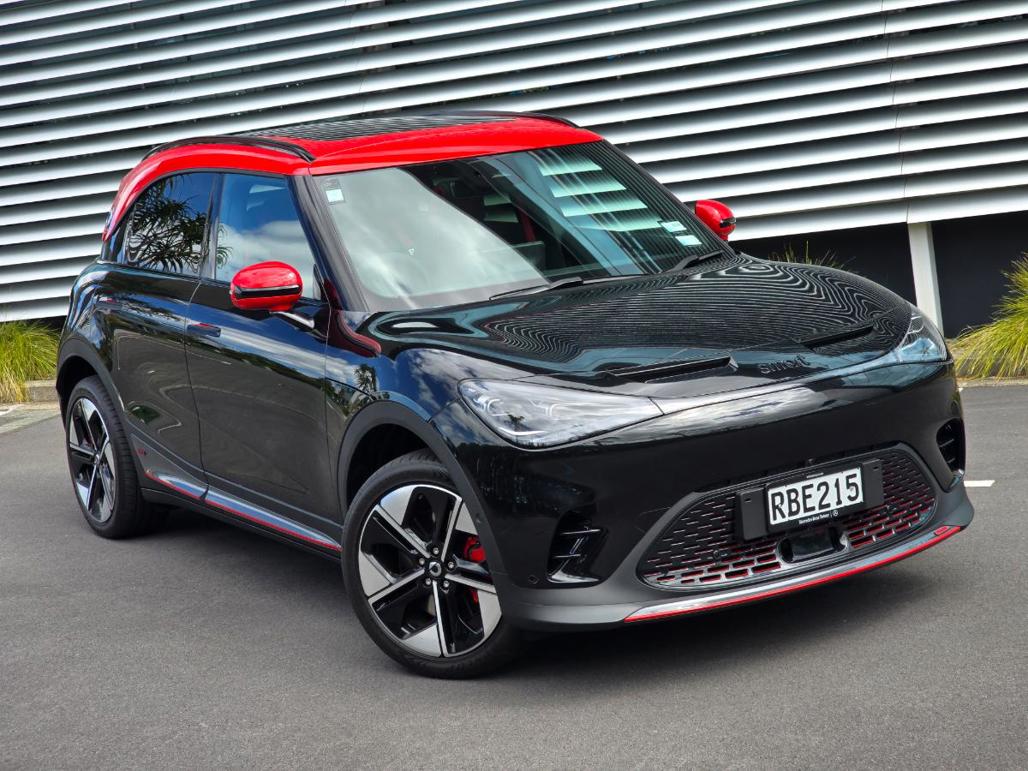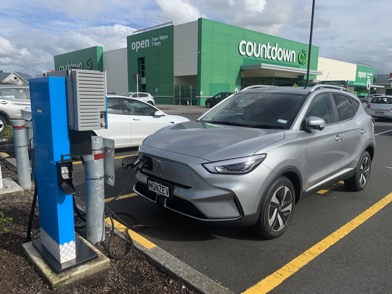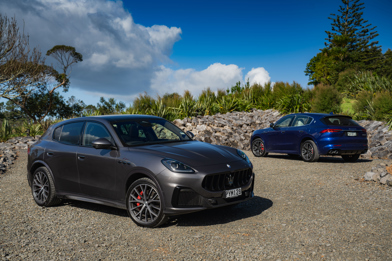What’s this new car all about then?
The #1 and #3 (most definitely pronounced “Hashtag One” and “Hashtag Three” according to the company, despite the fact no-one ever will) are the first new Smart vehicles (most definitely written with a lowercase “s” according to the company, despite the fact it is almost offensively grammatically incorrect) to arrive in New Zealand since Mercedes-Benz first had a go at it here in the 2000s.
But rather than being the tiny and delightfully quirky city cars the brand has previously produced, the #1 and #3 are small all-electric SUVs that are the first offspring of Mercedes-Benz's collaboration with Chinese carmaker Geely.
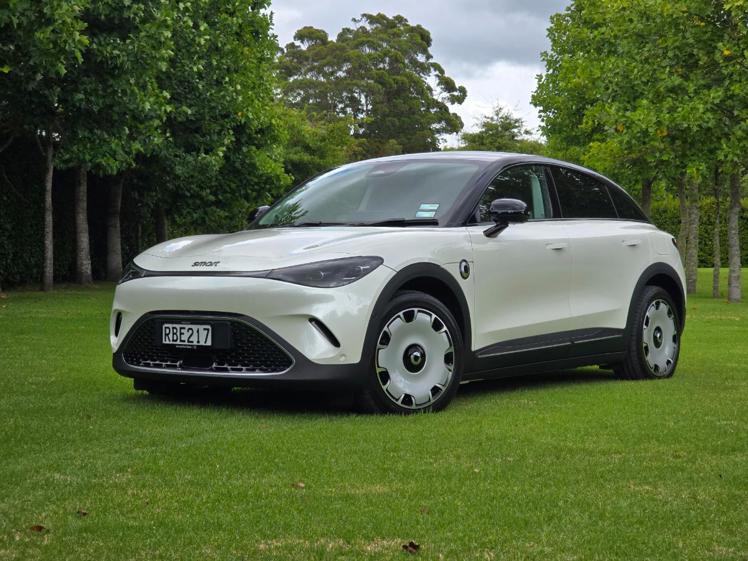
This has seen Mercedes essentially do what BMW has done with the Mini brand – no, not descend into grammatical stupidity by insisting the company’s name is written all in lowercase, much as BMW insists Mini should be written all in uppercase; it’s always done that – but rather it has expanded the quirky small cars into a range of small-ish vehicles that aren’t necessarily tiny but are smaller than the segment average, and also carry the quirky design cues and character of those tiny originals.
Hence the #1 and #3, respectively a small SUV and a small SUV coupe that utilise what is essentially the same Geely underpinnings the Volvo EX30 sits on, but with Mercedes-inspired design.
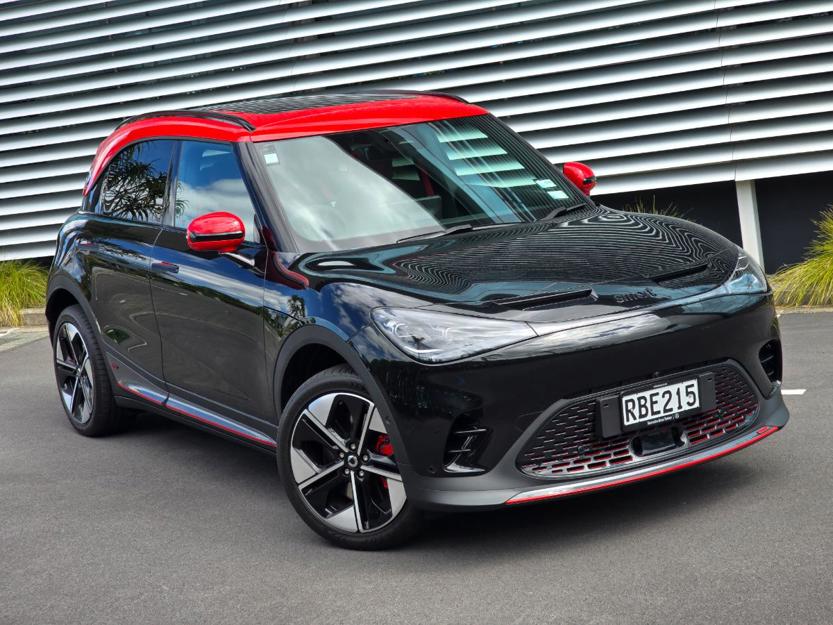
Built by Geely in China, the #1 and #3 are essentially the same under the skin (albeit with the #3 having a 35mm longer wheelbase), with a 66kWh battery, and both vehicles arrive locally in three different forms; Pro+, Premium and Brabus.
The Pro+ and Premium models get a single 200kW/343Nm electric motor driving the rear wheels, while the Brabus models pack dual motors for AWD and a thumping 315kW/543Nm combined output.
Smart says the #1 Pro+ and Premium models have WLTP ranges of 420km and 440km respectively, while the #3 versions will do 435km and 455km. The Brabus models have ranges of 400km (#1) and 415km (#3), with all models capable of a 30 minute 10 to 80% charge on a DC supercharger.
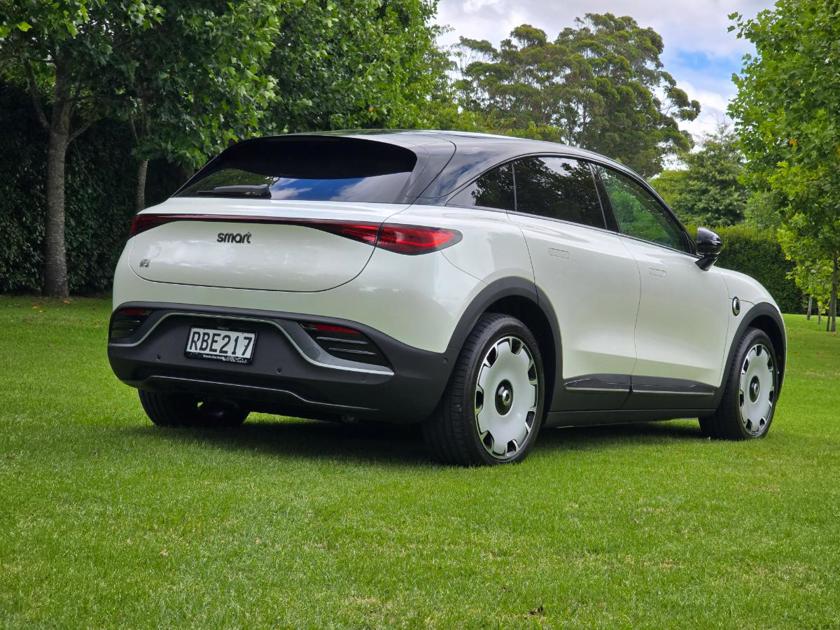
How much is it?
The #1 kicks off pricing with the Pro+ model landing at $64,990, while the Premium bumps this up to $69,990 and the Brabus adds a further $10k for its big power and AWD, with a $79,990 price tag.The #3 adds $5000 to these prices, with the coupe styling costing you $69,990, $74,990 and $84,990 for the Pro+, Premium and Brabus respectively.
Equipment is broadly similar across the #1 and #3, with the Pro+ coming extremely well-stocked, with things like LED lightning all round, 19-inch alloy wheels, a panoramic sunroof, privacy glass, a powered tailgate, a chilled centre console, dual zone climate control, wireless phone projection, wireless phone charging, a voice assistant and 10-way powered passenger and driver seats.
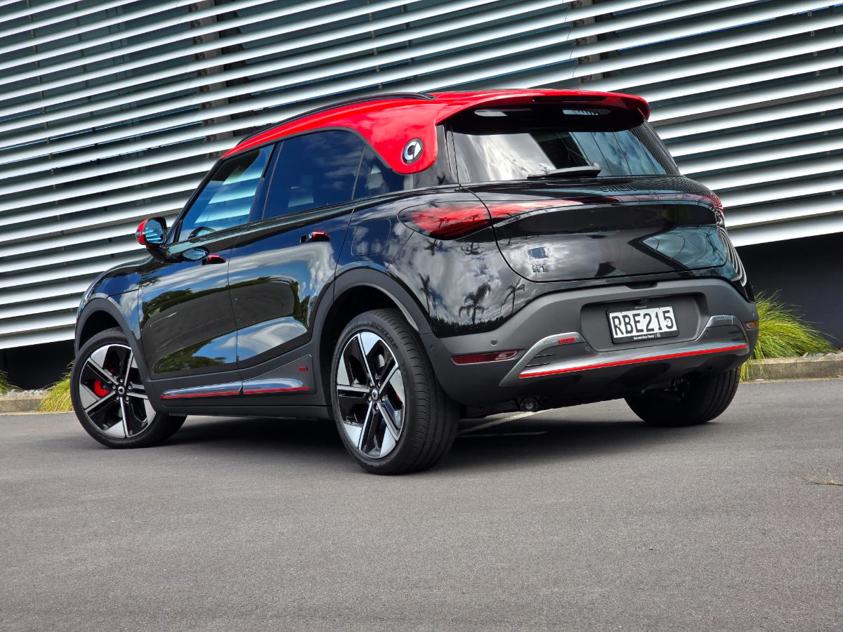
It also packs in a massive number of safety and driver assist features, including front and rear collision mitigation,lane keep assist, lane change assist, lane departure warning, traffic jam assistwith road sign recognition, and driver monitoring.
The Premium adds things like genuine leather upholstery and trim (the Pro+ uses artificial leather), ambient interior lighting, autonomous parking, Matrix LED headlights with adaptive high beam assist, a head-up display, a grunty13-speaker Beats audio system, a kick sensor for the powered tailgate and a different style of 19-inch alloy wheel.
The Brabus models then get the extra motor and more power, but also a special Brabus drive mode above the Sport setting, an “ultra-suede” sports steering wheel and seats, ventilated front seats, sports pedals, a sports suspension tune, yet another style of 19-inch alloy wheel for the #1 (the #3 Brabus scores 20-inch alloys) and a pair of comedy “simulated” engine sounds.
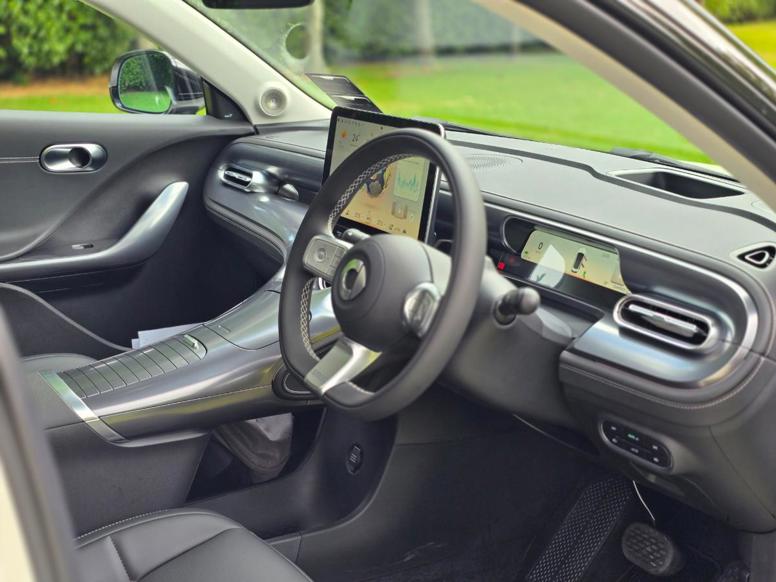
What’s it like to drive?
Because the #1 and #3 sit on the same Geely-developed Zeekr SEA2 (Sustainable Experience Architecture) platform as the Volvo EX30, they are unsurprisingly similar to the small Volvo to drive, with a lively and responsive feel and a distinct rear-drive character.
Nicely direct steering is mated to a responsive chassis to give the Smarts a delightfully agile and playful feel on the open road, with the Brabus models adding some truly aggressive acceleration to the mix - the Brabus models will rip to 100km/h from a standing start in a frankly startling 3.9 seconds (for the #1) and 3.7 seconds (for the #3), while the standard cars will do it in 6.7 seconds and 5.9 seconds respectively.
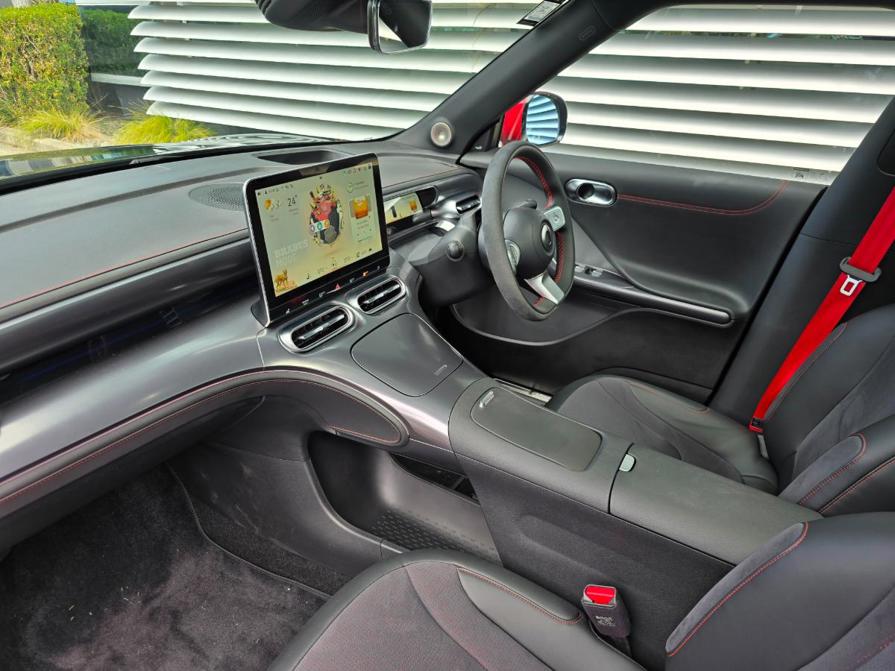
Ride quality across the range is thoroughly excellent, with a superbly composed and refined ride, even from the sportier Brabus models.
What’s the pick of the range?
In terms of looks, it’s got to be the #3 all the way for us – on the right wheels (like the ones in our pics) it gives off serious VW Beetle vibes and manages to actually be more practical than the #1 by having a larger boot (260 litres versus the #1’s 203).

In terms of driving, there is virtually nothing between the #1 and #3, with the choice between the two, and their respective Pro+ and Premium versions, being largely down to price and personal preference.
However, if they are in your price range, the Brabus models are an absolute blast to drive, with a fantastically playful RWD bias and utterly belligerent acceleration. Ride quality is still excellent and the fact that they are essentially the same as the lesser models in any of the other drive modes (Eco, Comfort and Sport) means they are equally docile, frugal and drivable when you are not wanting the Brabus-mode madness.
What other cars should I consider?

The Volvo EX30 ($74,990 to $84,990) is the obvious competitor for the #1 and #3, what with it sitting on the same platform and offering very similar power and performance.It’s minimalist styling both inside and out is the polar opposite of the Smart twins’ Mercedes-inspired bling however, while the newcomer comprehensively out-does the Volvo in terms of standard equipment.
Another in-house direct competitor is the Mercedes-Benz EQA ($92,500), which is roughly the same size, but much less powerful (140kW), slower and considerably more expensive, while the larger Geely EX5 could also be a potential alternative, but we don’t know the pricing of that yet.
From outside the wider Geely/Mercedes-Benz family the most obvious competitor is the Mini range, with the Aceman ($51,990 to $75,990) and larger Countryman ($74,990 to $80,990, although the upcoming Smart #5 is a closer competitor) being obvious targets for Smart - I mean, have you seen the #1? - and potential customers as well.
In terms of similarly sized small 4/5-door EVs, there is quite a broad spectrum of options ranging from the likes of the GWM Ora ($34,990 to $45,990), MG4 ($39,990 to $64,990) and BYD Dolphin ($43,990 to $48,990) up to the Cupra Born (64,990) and Jeep Avenger ($69,990), as well as the forthcoming Kia EV3 (price TBA).

